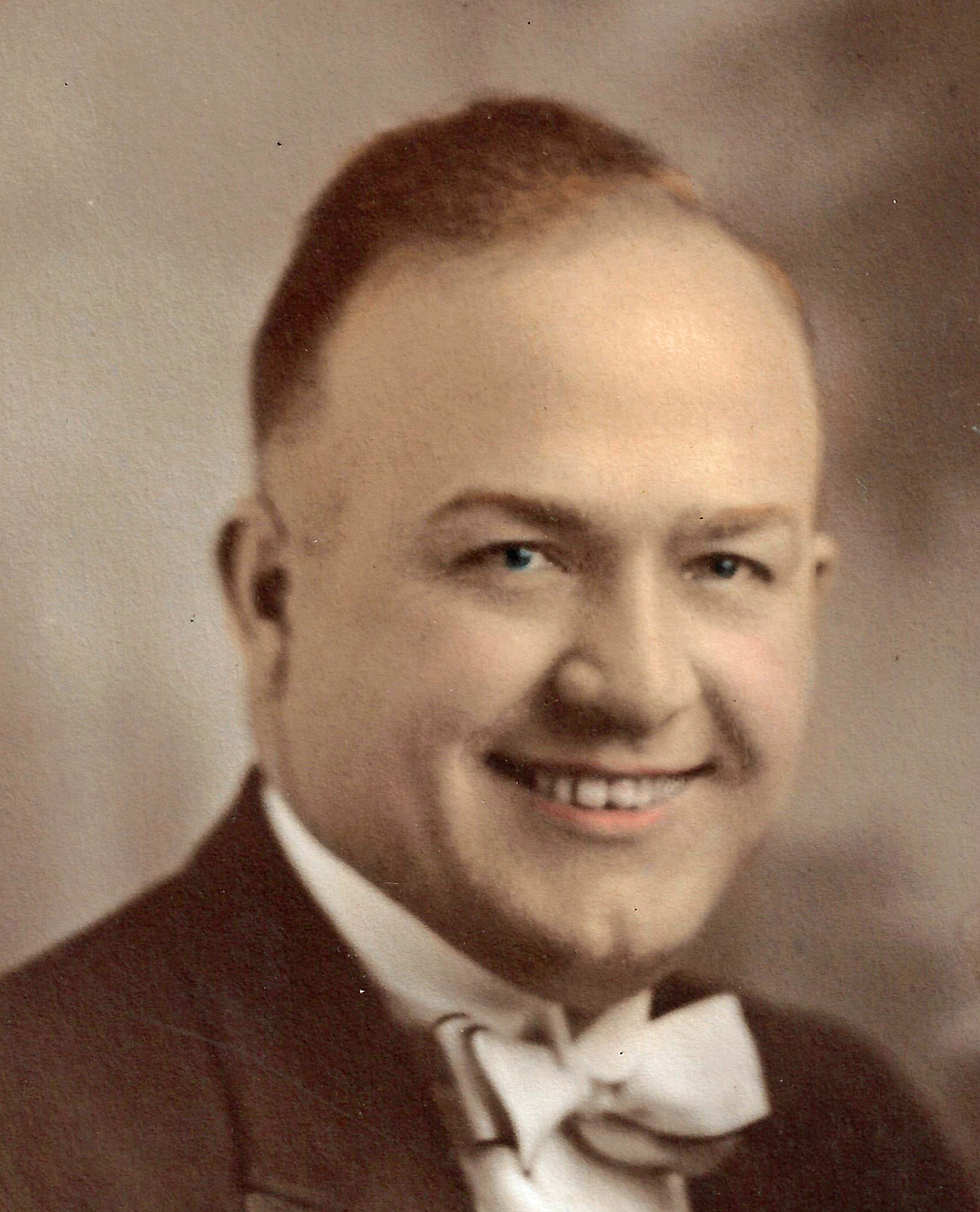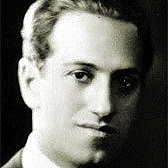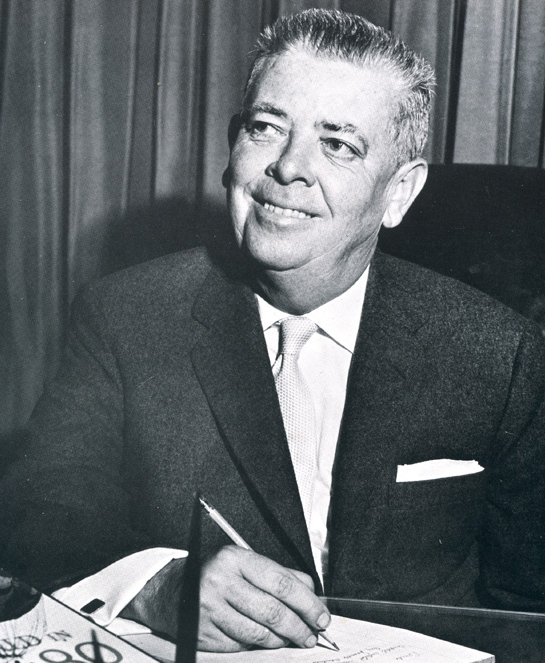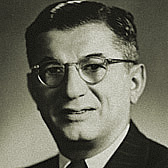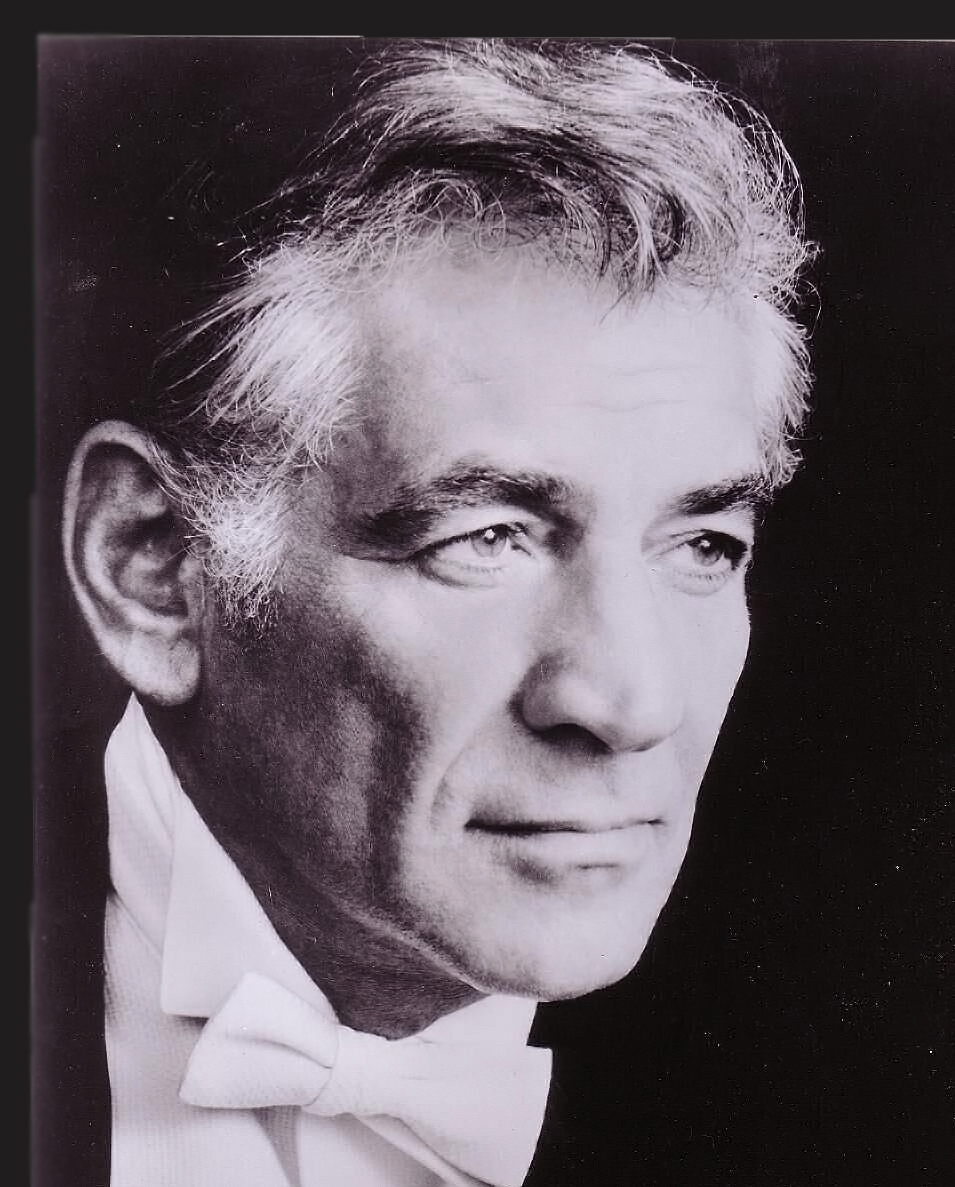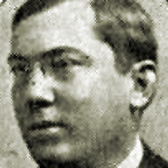Wrote "Grand Canyon Suite"
Composer Ferde Grofe, the Prince Minister of Jazz, was born Ferdinand Rudolph von Grofe (pronounced grow-fay) on March 27, 1892 in New York City. While still a child, Grofe’s family moved to Los Angeles, California. His father was an actor and baritone singer while his mother was a cellist and music instructor.
Growing up in Los Angeles, Grofe attended public schools and studied with several music instructors, first his mother and then Pietro Floridia and Ricardo Dallera. He attended St. Vincent’s College under family pressure to study law but in 1908, he found work as a violinist at convention halls and as a pianist and arranger for various with dance bands.
In 1909, he produced his first commissioned work, The Elks Grand Reunion March, for the Elks Convention in Los Angeles. This same year, Grofe was hired by the Los Angeles Symphony as a violist, a position he maintained for 10 years. While with the symphony, Grofe continued to compose his own works and formed his own jazz ensemble. In 1923, playing in local clubs around Los Angeles, he met the famed jazz conductor Paul Whiteman who hired him as pianist and arranger for his orchestra. Whiteman instantly had a hit recording with a song composed by Grofe with lyrics by Theodore Morse, “Wonderful One”.
The following year, Grofe came into national recognition with his arrangement of “Rhapsody in Blue”, a commissioned work by George Gershwin (submitted as a piano score to which Grofe added the orchestrations). The symphony that would catapult Gershwin, Whiteman and Grofe to fame, premiered on February 12, 1924 at New York’s Aeolian Hall.
Grofe’s first major suite, Mississippi Suite premiered in 1926 in New York City, performed by the Paul Whiteman Orchestra. The suite was the first of many works Grofe dedicated to American landscape and feeling.
In 1931, Grofe’s most famous work, The Grand Canyon Suite, premiered in Chicago at the Studebaker Theater on November 22. The work consists of five movements each designed to describe an episode of life in the Canyon. Grofe had fallen under the spell of the Grand Canyon and had vowed to translate its impressions into a tangible form. As he would later write, “It became an obsession. The richness of the land and the rugged optimism of its people had fired my imagination. I was determined to put it all to music some day.”
In 1932, Grofe left Whiteman and in 1933 he was appointed conductor of the Capitol Theater Orchestra in New York City. For the next six years, Grofe worked as conductor, composer and arranger with his own orchestra, touring throughout America and introducing several symphonic suites including, Free Air, Tabloid, Hollywood Suite, A Day At The Farm, Wheels Suite and 3 Shades of Blue.
From 1939 through 1942, he worked as an instructor of orchestration at New York’s Julliard School of Music. In 1942, he again had popular success in collaboration with lyricist Harold Adamson for the song “ Daybreak.” The song was a top ten hit for Tommy Dorsey in 1942.
Throughout the 1940’s, Grofe collaborated on several film scores, including Strike Up the Band, Thousands Cheer and Minstrel Man. His score for Minstrel Man received an Oscar Nomination for Best Music and Scoring of a Musical Picture in 1945. In early 1950s, he continued to write scores for films, composing Rocketman X M and The Return of Jesse James.
In 1954, Grofe and his wife Anne, began touring throughout America in two-piano concerts. In 1955, Grofe again returned to conducting and arranging and introduced his first suite for orchestra in 16 years, Hudson River Suite. In 1958, he was commissioned by the New York State Power Authority to compose a suite to commemorate the opening of the Robert Moses Power Plant in Niagara Falls. The Niagara Suite 1961 premiere was performed by the Buffalo Philharmonic Orchestra, conducted by Ferde Grofe.
The last major suite written by Grofe was the World’s Fair Suite, the official suite of the 1964 New York World’s Fair.
In addition to his Oscar Nomination, Grofe received an Honorary Music Doctorate from Illinois Wesleyan University and from Western State College of Colorado. He was also adorned with the Griffith Foundation Golden Eaglet for Composition and received the Sinfonia National Honor. And in 1997, Grofe was one of four American composers pictured on a set of US commemorative postage stamps in the Legends of American Music, Classical Composers and Conductors series.
in his later years, Grofe wrote of the success of his famed Grand Canyon Suite:: “This composition was born of sight, sound and sensations common to all of us. I think I have spoken of America in this music simply because America spoke to me, just as it has spoken to you and to every one of us. If I have succeeded in capturing some part of the American musical spirit, I am grateful that I was trained to do so. But this music is your music, and mine only in the highly technical sense that a copyright has been filed away with my name on it. Always we must realize that there is much more to hear. Out land is rich in music, and if you listen you can hear it right now. This is our music you hear, surging forth, singing up to every one of us.
Ferde Grofe died on April 3, 1972 in Santa Monica, California.


